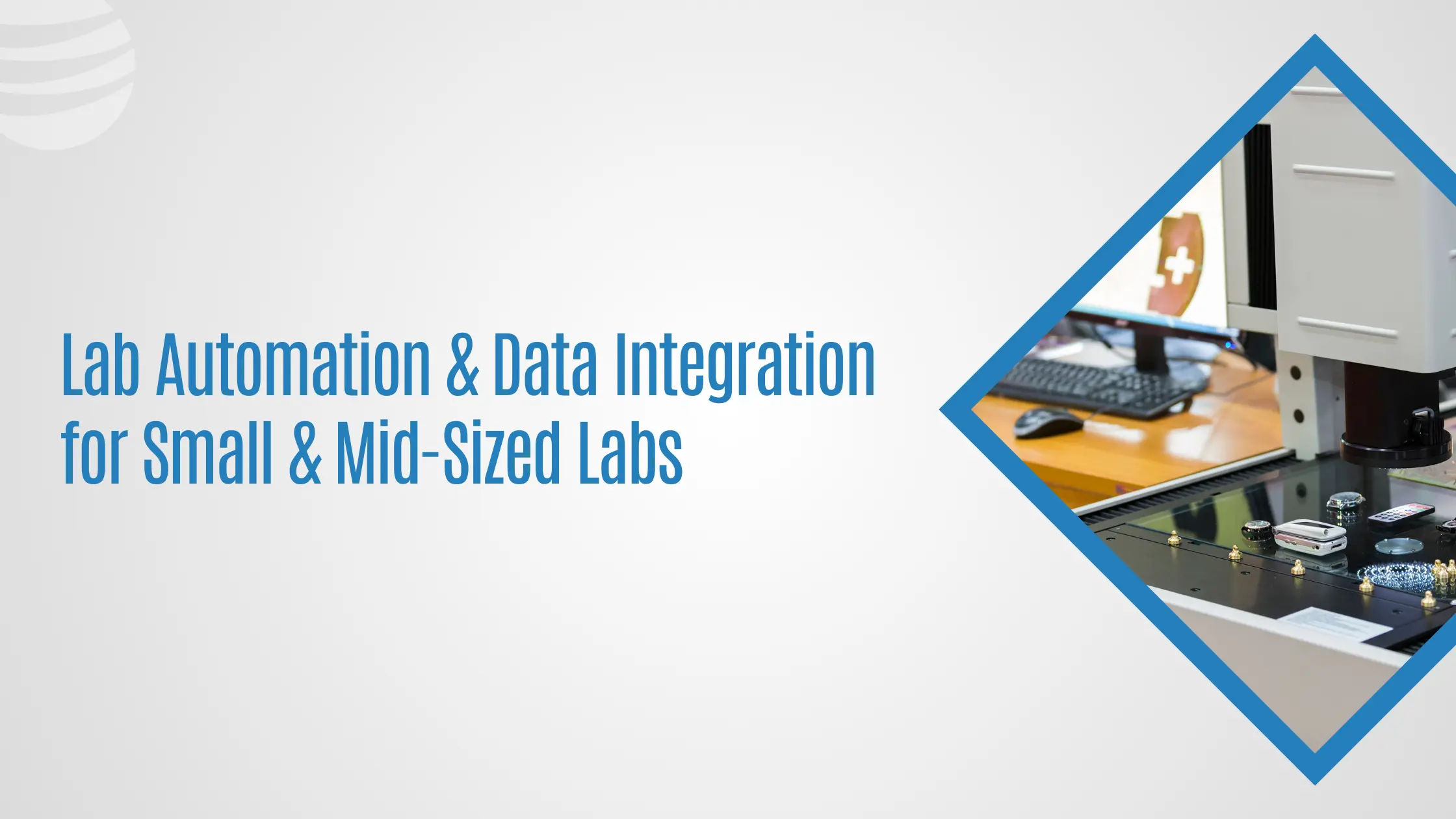

Clinical Lab Automation Improve Efficiency & Accuracy
Clinical lab automation has become a transforming agent in the healthcare sector lately, changing medical diagnosis practices. Advanced technologies include robotics, artificial intelligence (AI), and machine learning (ML) are helping clinical labs to be faster, more efficient, and less expensive. In clinical labs, automation not only meets the increasing demand for precise and rapid test results but also reduces human error, therefore guaranteeing better degrees of precision in illness diagnosis.
This article will explore how clinical lab automation is transforming diagnosis, go over its advantages, difficulties, and future directions. We will also look at how automation might help to improve patient outcomes, simplify processes, and raise the general worldwide efficiency of healthcare systems.
What is Clinical Lab Automation?
Clinical lab automation refers to the application of automated technologies in medical laboratories to perform diagnostic tests, manage data, and streamline workflows. These systems combine robotics, software solutions, and data analytics to handle routine and complex tasks with minimal human intervention. The automation process can include everything from specimen handling and preparation to test analysis and reporting.
Key Components of Clinical Lab Automation
-
Automated Analyzers
Machines that perform biochemical, immunological, and molecular tests with minimal human input.
-
Robotic Systems:
Devices that handle sample transport, loading, and storage, reducing manual labor.
-
Data Management Software:
Systems that manage test results, patient data, and laboratory information in real-time.
-
Artificial Intelligence (AI):
AI algorithms that assist in detecting abnormalities, improving diagnostic accuracy, and predicting patient outcomes.
-
Machine Learning (ML):
Tools that continuously improve the accuracy of diagnostics by learning from vast datasets.
Benefits of Clinical Lab Automation
1. Improved Accuracy and Precision
Manual errors, such as incorrect sample labeling or inaccurate test results, can lead to misdiagnoses or delayed treatments. Clinical lab automation helps minimize these risks by ensuring that all processes are standardized and highly accurate. Automated systems are designed to handle repetitive tasks with exceptional precision, reducing the potential for human error.
2. Enhanced Workflow Efficiency
Automation streamlines various aspects of laboratory operations, from sample processing to data management. By automating repetitive tasks, laboratory staff can focus on higher-level responsibilities, such as data interpretation and patient care. This leads to faster turnaround times for test results, which is critical in urgent diagnostic situations.
3. Scalability
As the demand for diagnostic testing continues to rise, especially in the wake of global health crises such as the COVID-19 pandemic, clinical labs must scale their operations. Automation enables labs to process higher volumes of tests without compromising accuracy or speed, thus meeting increased demand efficiently.
4. Cost Reduction
While the initial investment in automation technologies can be significant, the long-term savings are substantial. Automated systems reduce the need for manual labor, minimize waste due to human error, and optimize resource utilization. Over time, these efficiencies lead to lower operational costs.
5. Improved Data Management and Analysis
With automation, laboratories can seamlessly integrate data from various sources, enhancing the quality of test results and enabling better decision-making. Advanced data management systems allow for real-time monitoring, tracking, and analysis of laboratory processes, ensuring that any discrepancies are quickly identified and addressed.
Applications of Clinical Lab Automation
1. Molecular Diagnostics
Molecular diagnostics, which involves testing for specific genetic markers or pathogens, has greatly benefited from automation. Automated systems can handle complex sample preparation, DNA/RNA extraction, and amplification processes with minimal human intervention. This is particularly important in areas like infectious disease testing, cancer diagnostics, and pharmacogenomics.
2. Hematology and Clinical Chemistry
In hematology, automated analyzers are used to perform blood counts, identify abnormal cells, and measure various blood components. Similarly, in clinical chemistry, automation enables the rapid analysis of metabolic markers and enzymes, which are crucial for diagnosing conditions like diabetes, liver disease, and cardiovascular disorders.
3. Microbiology
Automation in microbiology has transformed the way labs culture and identify microorganisms. Robotic systems can inoculate, incubate, and interpret cultures, significantly speeding up the identification of bacteria, viruses, fungi, and parasites. Automated susceptibility testing also helps in determining the appropriate antibiotics for treatment.
4. Pathology
Pathology labs are adopting automation for tasks like tissue processing, staining, and slide imaging. Automated digital pathology systems allow pathologists to analyze high-resolution images of tissue samples, improving diagnostic accuracy and enabling remote consultations.
Types of Clinical Lab Automation
1. Total Lab Automation (TLA)
In total lab automation, the entire laboratory workflow, from sample collection to result reporting, is automated. TLA systems are typically used in large hospitals or centralized laboratories that handle high volumes of tests. These systems are designed to operate with minimal human intervention, optimizing efficiency and reducing errors.
2. Modular Lab Automation (MLA)
Unlike TLA, modular lab automation allows laboratories to automate specific parts of the testing process. This approach is ideal for smaller labs or those with budget constraints, as it enables them to implement automation gradually. Laboratories can start with automating high-volume, repetitive tasks and expand as needed.
3. Task-Specific Automation
Task-specific automation focuses on automating individual tasks, such as sample preparation, centrifugation, or data entry. This type of automation is highly customizable and can be tailored to the specific needs of a laboratory. It is commonly used in research labs or specialized diagnostic facilities.
Conclusion
Clinical lab automation is rapidly transforming the landscape of medical diagnostics, offering unprecedented levels of accuracy, efficiency, and scalability. By integrating advanced technologies such as AI, machine learning, and robotics, clinical labs can meet the growing demand for diagnostic services while improving patient outcomes. Despite challenges such as high initial costs and integration difficulties, the long-term benefits of automation are clear. As technology continues to evolve, the future of clinical lab automation promises even more innovative solutions that will revolutionize how laboratory diagnostics are performed.
By embracing automation, healthcare systems can streamline their operations, reduce costs, and, most importantly, provide better care for patients.


